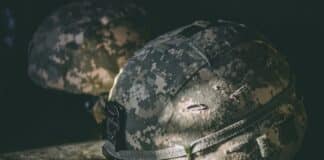Archaeologists in Colombia marked a major treasure recovery milestone this week after retrieving the first artifacts from the legendary San José galleon — a shipwreck dubbed the “Holy Grail of shipwrecks” for its extraordinary trove of gold, silver and jewels. The San José, sunk by a British fleet in 1708, is believed to hold as many as 11 million coins and vast quantities of emeralds, with an estimated total value of up to $20 billion.
Colombia’s culture ministry revealed on November 20 that researchers successfully recovered a porcelain cup, three coins and a bronze cannon from nearly 2,000 feet below the Caribbean Sea. Government photos showed President Gustavo Petro inspecting the remarkably preserved cannon, one of countless artifacts expected to emerge as exploration ramps up.
Officials emphasized that the items represent only a fraction of the cargo that went down more than 300 years ago while en route to King Philip V of Spain. With such enormous wealth at stake, the shipwreck has fueled years of legal battles. Colombia remains locked in arbitration with Sea Search Armada, a U.S. investor group claiming to have discovered the wreck in 1982, while Spain continues asserting its own historical claim.
Petro’s administration maintains that the deep-sea mission is driven by science rather than treasure hunting, though the galleon’s staggering value continues to draw global attention. The exact coordinates remain a state secret to protect the site.
The recovery comes during a banner year for maritime archaeology. Experts recently pinpointed the precise resting place of Captain James Cook’s HMS Endeavour, while French officials unveiled their deepest-recorded shipwreck, still carrying centuries-old porcelain.





